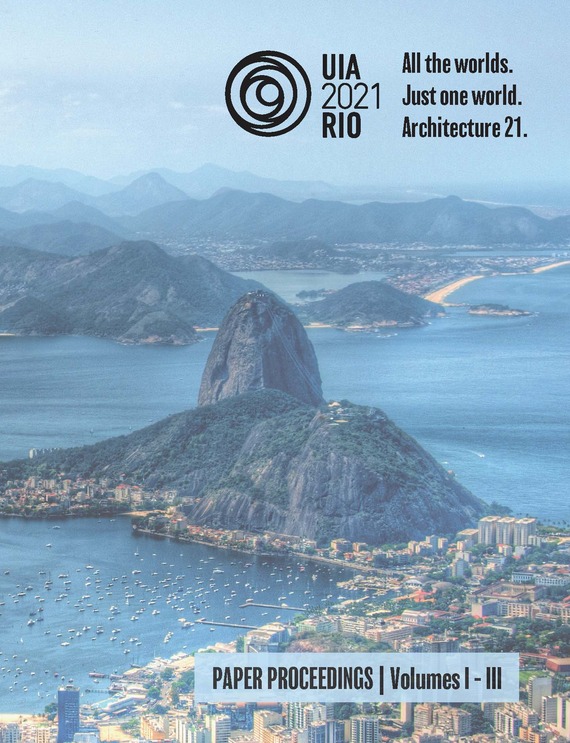Author(s): Richard Lucas & Tuan Manh Nguyen
The 4 hectare Lam Son Sustainable Bamboo Education Campus is located within the 160 hectare Thanh Tam Bamboo EcoPark, situated in the Lam Son, Thanh Hoa province of northwestern Vietnam. Advocating ecological stewardship, education, and training while promoting national history, agriculture, and the local economy, the EcoPark’s Master Plan includes facilities and programs for engaging local, national and international organizations, scholars, professionals, and craftspeople. The Bamboo Education Campus specifically accentuates this mission by organizing various programmatic components (bamboo processing; workshop, classroom and studio facilities; exhibition and construction mock-up areas; space for local events, markets and international conferences), within a layout inspired by traditional Vietnamese temple-complex design, integrating pavilions, water-features, terraces, gardens and courtyards. The relatively flat, barren site chosen for the Campus required minor earthwork and tree removal. Retaining walls, aligned with existing topography, define terraces and pavilions that are oriented true north/south. Overall, the Campus demonstrates a more holistic approach to sustainability due to its programs and planning, its use of traditional building materials (bamboo, thatch, local stone and masonry) with contemporary construction techniques, and through the integration of renewable and passive technology. Whereas a ‘Campus’ typically stimulates collaboration, dialogue and the exchange of ideas, the Lam Son Sustainable Bamboo Education Campus also promotes history and culture, supports the local population, and attracts international visitors. Here, the program, site, layout and construction become the classroom itself, not only exemplifying the EcoPark’s overall mission, but as a new, invigorated vision for what sustainable architecture might accomplish
Volume Editors
ISBN
978-1-944214-31-9

 Study Architecture
Study Architecture  ProPEL
ProPEL 
